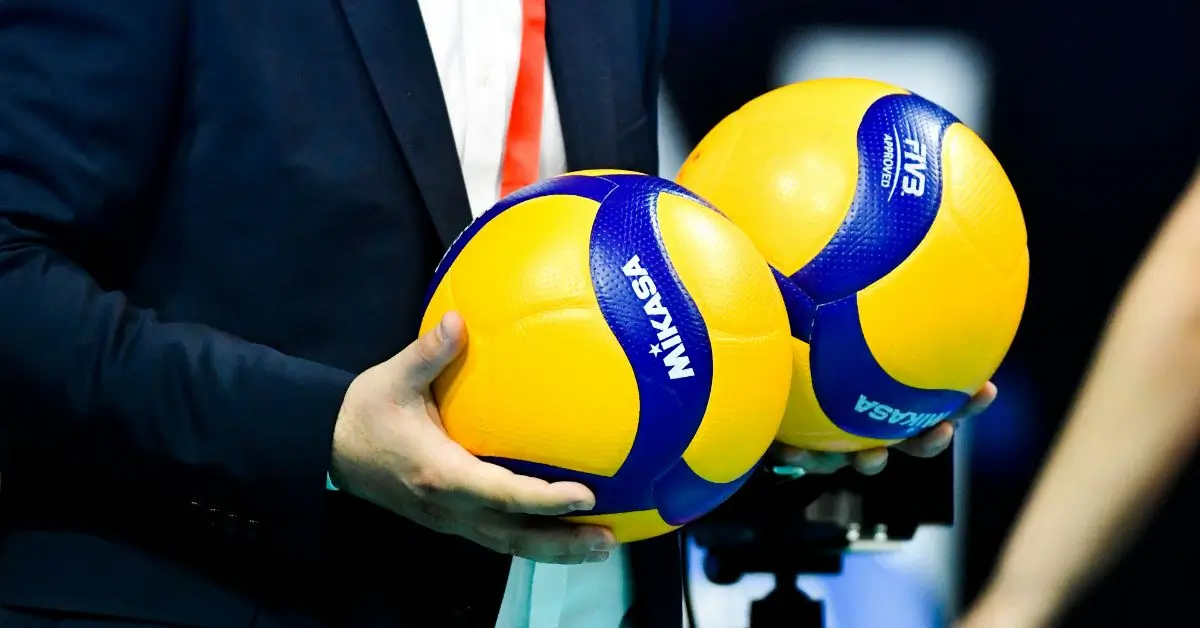Confused about How to Keep Score in Volleyball? Our simple guide breaks down the scoring system, so you can follow the game and keep track with ease.
How to Keep Score in Volleyball?
The Rally Scoring System
In volleyball, the rally scoring system is used at all competitive levels, including Olympic play. This means that a point is awarded on every rally, regardless of which team served. Each time a team wins a rally, they earn a point and gain the serve. Matches are typically played in a best-of-five sets format, and a team must win a set by reaching 25 points with at least a two-point lead. If the score reaches 24-24, play continues until one team gains that essential two-point advantage.
Points, Sets, and Matches
Scoring in volleyball is straightforward. Each point contributes to a team’s total score for the set. First team to win three sets emerges as the match winner. If a fifth set is played, it is played to 15 points, still requiring that two-point lead. Remember How to Keep Score in Volleyball as it is vital for both teams during fast-paced play.
Roles of Players and Positions
Understanding the various roles of players helps on How to Keep Score in Volleyball. Each team has six players on the court, with specific volleyball positions including outside hitter, setter, opposite hitter, middle blocker and libero. The outside and opposite hitter aims to score points through attacks, while the setter orchestrates plays to ensure effective scoring opportunities. The libero, who wears a different jersey, focuses on defense and can’t attack the ball above the net. Each player’s performance directly impacts their team’s ability to earn points and win matches.
Key Actions That Affect the Score
In volleyball, several key actions can directly influence the score and the outcome of the match. Understanding these actions helps players and spectators appreciate the game’s nuances. This section explores actions such as serving, attacking, and faults, providing insight into how they impact scoring.
Serving and Aces

Serving is the starting point of any rally in volleyball. When a player successfully serves the ball over the net and into the opponent’s court, they have the opportunity to score points. An ace occurs when the serve lands in the opponent’s court and they fail to return it. This action not only awards a point but can also exert psychological pressure on the receiving team.
In a match, serving can be strategic. Make sure to learn different volleyball serves, to challenge your opponents. The effectiveness of the serve is critical, as it sets the tone for each rally and contributes to the team’s overall score.
Kills and Blocks
Kills are pivotal for scoring points in volleyball. A kill occurs when a player successfully attacks the ball and it lands in the opponent’s court, either directly or after a defensive failure.
Blocking is also essential in defense. When a front row player attempts to block an opponent’s kill, they can prevent points from being scored.
Faults and Rule Violations
Faults and rule violations can impede scoring opportunities for a team. Common faults include hitting the ball out of bounds or committing a net violation. When a fault occurs, the opposing team is awarded a point.
Teams must be aware of the Rotation Rules in Volleyball and actions to avoid these mistakes. Each fault can shift the momentum and affect the morale of players.
The Role of Officials and Game Interruptions

In volleyball, officials play a crucial role in maintaining the flow of the game and ensuring fair play. Their responsibilities include signaling fouls, managing substitutions, and overseeing time-outs. They also count every point, so you don´t have to focus on How to Keep Score in Volleyball on a score sheet during your game.
Referees and Their Signals
Referees communicate information with hand signals. Each signal has a specific meaning, from indicating a fault to calling a time-out. Familiarizing myself with these signals helps me ensure accurate scorekeeping.
Managing Substitutions and Time-Outs
Substitutions and time-outs require clear communication. Before a substitution, the coach must notify the second referee, who then signals approval. This process includes entering and exiting the court smoothly. During time-outs, the referee signals to stop and start play.
The Use of Replay in Scoring Disputes
When disputes arise over scoring, the use of replays can clarify situations. Officials may review specific plays to confirm the accurate outcome. This technology allows referees to make informed decisions about points scored or faults incurred.
If there is a challenge system, every team has two challenges that they can take to rewise the point through a video proof.
FAQ: How to Keep Score in Volleyball

How do you score in volleyball?
A point is scored when the ball lands in the opponent’s court or if the opposing team fails to return it properly. Matches are typically played to 25 points, and a team must win by at least 2 points.
Who keeps score in volleyball?
The official scorer keeps track of points, substitutions, and timeouts during a match. Each team also has a designated captain who may help communicate with the referee.
How do you keep track of points in volleyball?
Points are tracked on a score sheet or scoreboard, updating after each rally. Teams switch sides after every set thresholds to ensure fairness in play conditions.
If you liked this blog post about the topic: How to Keep Score in Volleyball for Beginners, don’t forget to leave us a comment down below.
You may also like the Rules of Rotation in Volleyball. Check it out!






